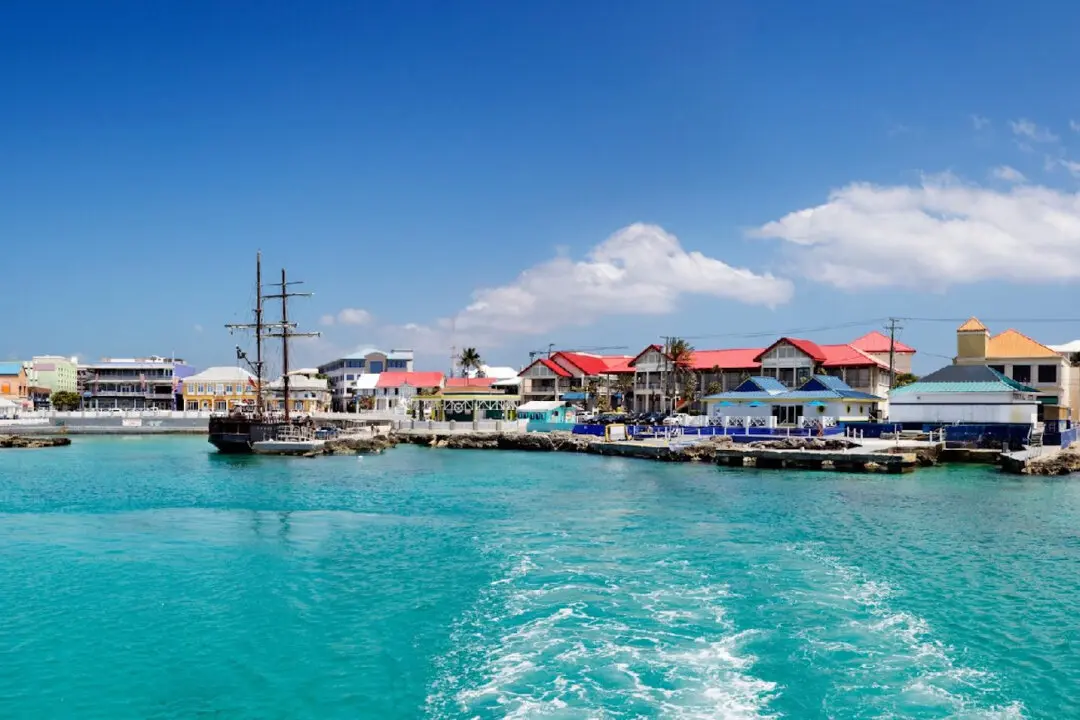Even if you’ve explored Everglades National Park in Florida and caught glimpses of crocodiles, manatees, and other wildlife or visited Independence Hall in Philadelphia, where important chapters in the birth of the United States were written, did you know that they’re among 24 places throughout the country honored as World Heritage Sites by the United Nations Educational, Scientific, and Cultural Organization?
UNESCO designates natural destinations and cultural attractions that are “of outstanding universal value” and meet one or more of 10 criteria. Among these are to exhibit “exceptional natural beauty,” provide habitats for threatened species, and be associated with events of “universal significance.”





